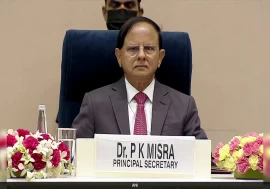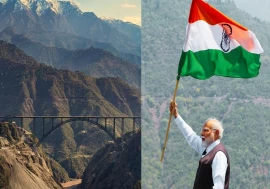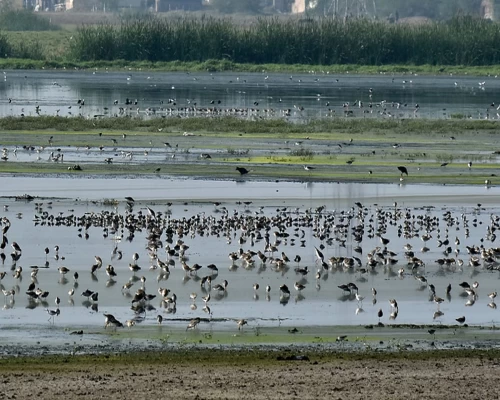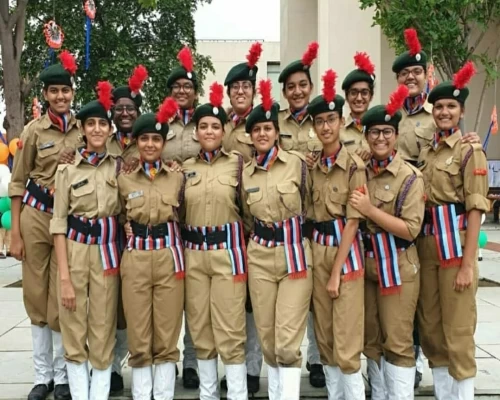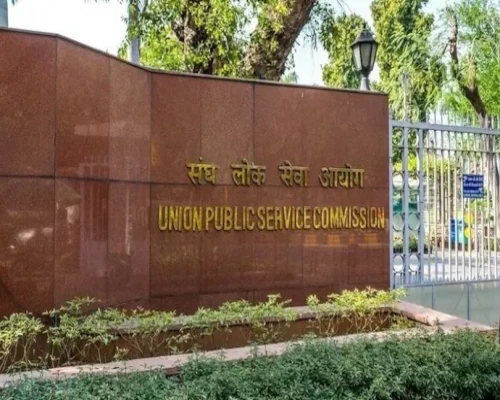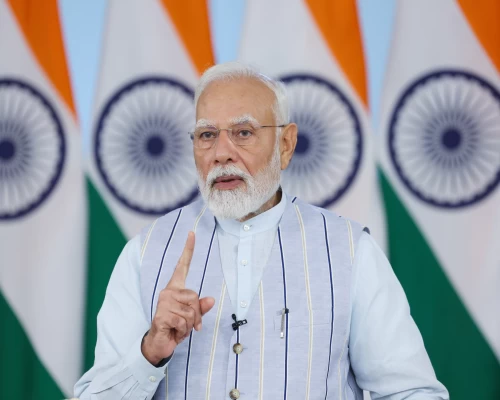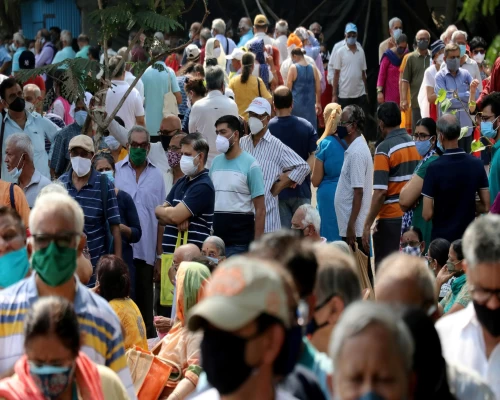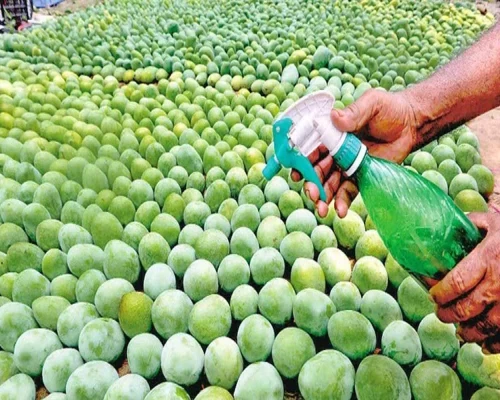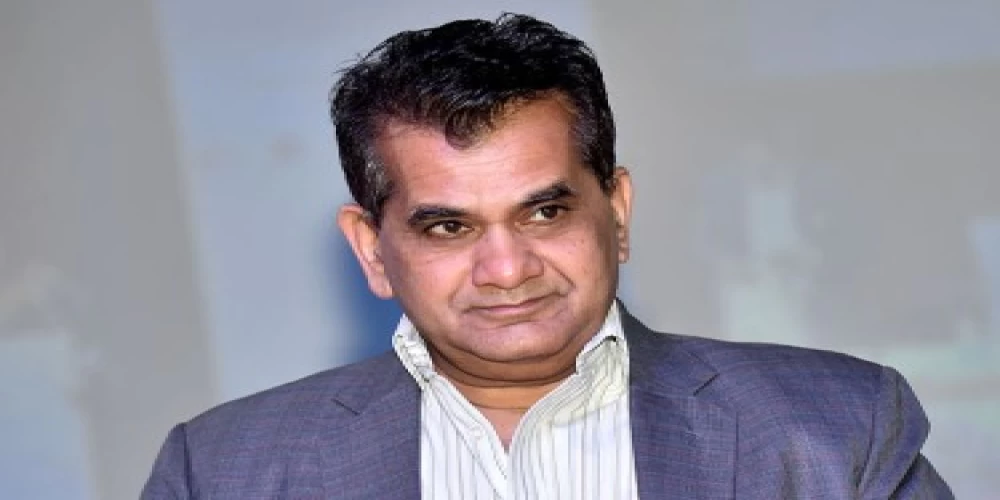
New Delhi: One of the most prevalent themes of India’s developmental efforts has centred around improving the ease of living of citizens. While the Gross Domestic Product (GDP) as a metric is critical for assessing a country’s growth, it does not encapsulate significant elements that impact the well-being of citizens. Improving access to basic provisions such as housing, water, health, and education enhances the ease of living of citizens and boosts productivity and economic growth that sustains over time. Ensuring basic needs for people to warrant development has been propagated by experts across the globe. It stemmed from widespread concern that economic development at the country level does not ensure better access to bare necessities for the population at the grassroots.
Provisions for shelter, clean water and sanitation, healthcare facilities must be secured for all citizens before any concrete long term economic progress occurs. Fortifying better economic opportunities and ease in mobility are other critical aspects of sustained growth, just as safeguarding rights and security for a dignified experience of the people is vital for their well-being. Individual welfare should also be strengthened for all in terms of financial inclusion, better environmental quality and sustainable development.
Over the past five years, India has improved its performance across sectors, from water and sanitation to e-governance and digital infrastructure provisions. The average share of Internet subs per 100 population has increased from 27.95 in 2015 (March) to 61.57 in 2020 (March). The average Share of Gram Panchayats with Internet Connectivity also leapfrogged from 11.37 in 2016 to 77.01 in 2020. Principal Source of Drinking Water (per 100 distributions) also increased from 32.4 in 2012 to 40.0 in 2018.
In recognition of the need for this holistic development, the Government of India made efforts to improve the lives of the citizens of India. Initiatives such as Pradhan Mantri Awas Yojana (PMAY) - both urban and rural, Deendayal Antyodaya Yojana-National Urban Livelihoods Mission (DAY-NULM), Swachh Bharat Mission (SBM) - both urban and rural, Jal Jeevan Mission, Pradhan Mantri Kaushal Vikas Yojana (PMKVY), National Rural Livelihoods Mission (NRLM), Mahatma Gandhi Employment Guarantee Act 2005 (MGNREGA), have catapulted India’s development trajectory.
Since there cannot be a single unit of measure to understand the depth of quality of life and progress that is prevalent in a country, it is incredibly essential to devise a mechanism that ensures better evaluation of living standards and development. Such an assessment does not negate the value of economic growth alone, but it seeks to develop an evaluation that also looks at social progress in conjunction with economic progress. In furthering this goal of enhancing the quality of life of the people of India, NITI Aayog is launching the ‘Ease of Living: State and District Level Assessment’ which has been developed and analyzed by the Institute for Competitiveness, India.
The assessment imbibes the spirit of cooperative and competitive federalism whilst examining citizens' quality of life at the state and district levels. It seeks to go beyond the conventional assessment of progress through a country’s GDP growth since it only measures material well-being and fails to account for a broader understanding of the well-being of a region and its inhabitants. It is a standard of measurement that provides for a wider scope and outlook. The elements we choose to measure plays a decisive role in designing, formulating and implementing policies.
The GoI has made various attempts to drive ease of living in the country. The government distributed close to 80 million gas cylinders under the Pradhan Mantri Ujjwala Yojana (PMUY) to combat indoor air pollution caused due to traditional cooking stoves. PMUY was implemented to prevent mortality due to household and ambient air pollution, for which India was the second-largest contributor globally, before the scheme's launch. In improving healthcare and environmental outcomes, the government also distributed 350 million LED bulbs throughout the country under its renowned UJALA scheme.
Ease of Living, as a concept, can be characterized as a multidimensional system that contributes to all its inhabitants’ physical, social, and mental well-being. It investigates both the current standard of living of citizens and the prominent ecosystem that drives opportunities to boost living standards. It is imperative to measure the performance of states and districts based on parameters that are crucial for providing a decent standard of living. Therefore, it must be evaluated across 28 states and 9 union territories at the state level and 712 districts at the district level.
For a nation as diverse as India, examining living standards and implementing policy decisions in the wake of data-driven assessments is imperative. In terms of size, a state like Rajasthan is as large as Germany; In terms of population, people residing in Uttar Pradesh alone exceed the entire population of Russia. Understanding ease of living thus necessitates an analysis that considers aspects of regional and demographic disparities. Regional disparity is often present across states and within districts of a state as well. The maternal mortality ratio is higher in Assam at 237 and significantly lower in Kerala at 46. The states in the same region also showcase varied differences; for example, in the North-Eastern region, Tripura has a net enrolment ratio in school of over 94 per cent, whereas Sikkim exhibits a net enrolment ratio that is just over 45 per cent.
It is important to note that policy decisions cannot always be taken centrally as an all-inclusive approach to solving developmental issues. National or state-level decisions may not be sufficient to address region-specific concerns in terms of demands and necessities. Therefore, a district-level study can steer progress at the grassroots and ensure the utilization and mobilization of resources in the most efficient manner. It would enable local governments to identify their strengths and weaknesses and identify focus areas to address challenges in specific domains.
As the nation advances in its development trajectory, a measuring tool such as Ease of Living would help guide transformation through data-driven policy decisions. It would create a consensus on what is critical for enhancing better development outcomes in the areas of social, economic, and environmental sectors. Such plausible efforts would ensure that India’s economic progress is aligned with advancements made in improving the ease of living of the citizens of India from the national level to the grassroots. /PIB/
(Amitabh Kant is CEO, NITI Aayog. Amit Kapoor is chair, Institute for Competitiveness, India and visiting scholar, Stanford University)


